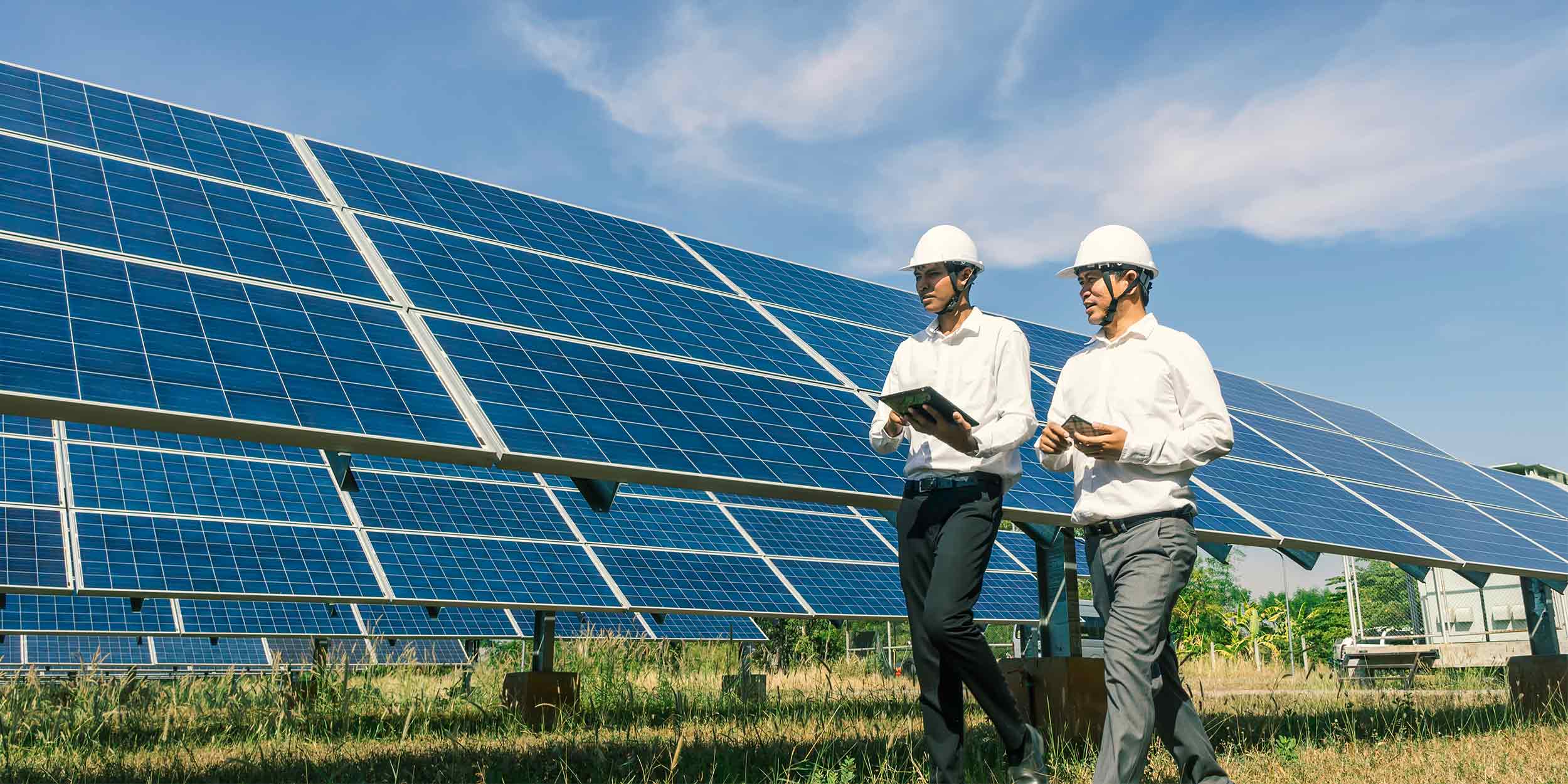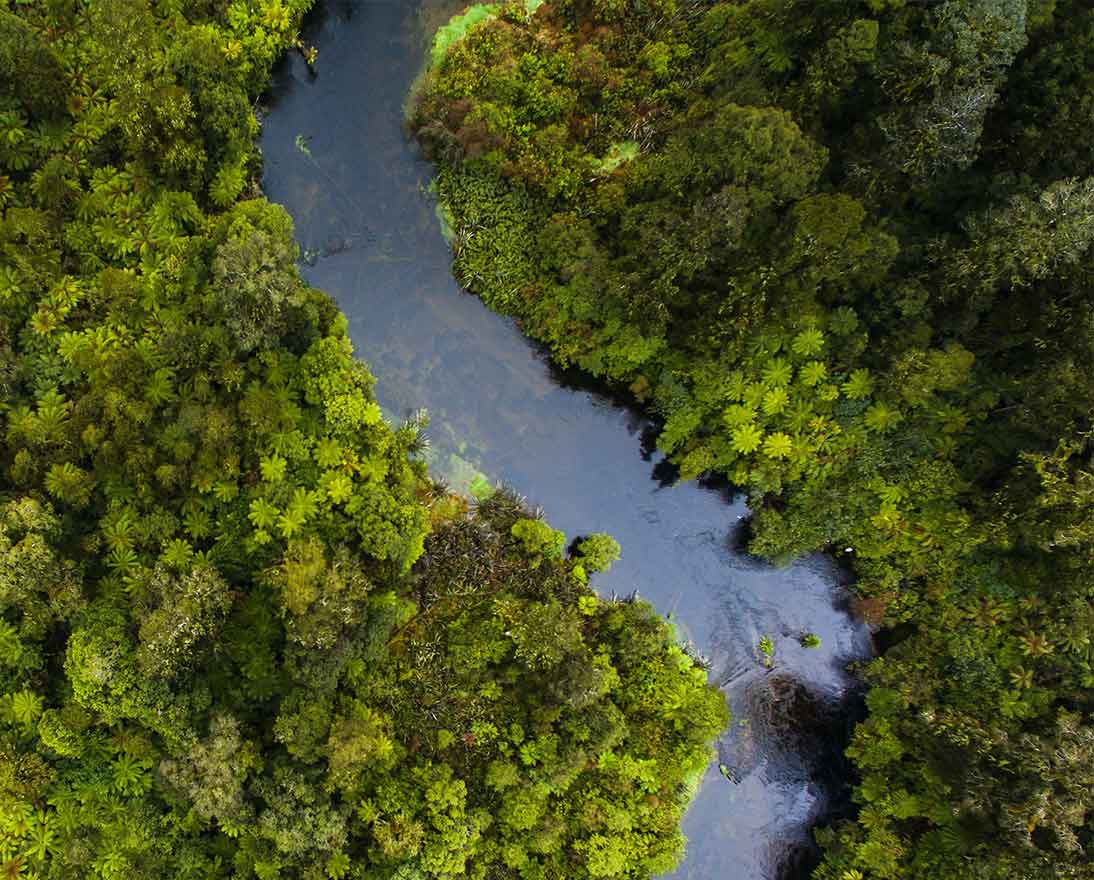Managing the energy transition
SustainabilityArticleMay 31, 2022
With continued focus on the shift away from fossil fuels to clean energy, companies need to understand the impact on their business, employees and customers
Energy is back at the top of the corporate agenda.
The war in Ukraine has highlighted the risks of an energy crunch in Europe, but the current situation is likely to be just a bump in the road on our journey to Net Zero and the transition away from fossil fuels.
Climate change remains one of the biggest challenges of our time. The pandemic and the conflict in Ukraine may have driven up prices of fossil fuels and raised the spectre of shortages, but the transition to a low carbon economy is inevitable, requiring a huge investment in clean energy and a drive for greater energy efficiency.
According to the International Energy Agency, by 2050, the energy world will look completely different to today: Global energy demand will be 8% smaller than today, but it will serve an economy more than twice as big and a population with 2 billion more people. Almost 90% of electricity generation will come from renewable sources, the IEA predicted in its Net Zero roadmap.
Short-term crisis, long-term view
The past year has given a taste of what a future energy crisis might look like. Even before the war in Ukraine, energy prices were rising. A surge in demand following Covid-19 lockdowns saw power outages and rationing in China in 2021 and big increases in the price of natural gas used to generate power and heat homes in Europe.
The combination of the pandemic and the current geopolitical environment is likely to have a dual effect. Short term, the price of energy is rising, which in turn drives inflation and higher costs of living, especially in Europe, which relies on Russia for around 40% of its natural gas. The conflict may also temporarily slow the transition to clean energy, as countries extend the life of coal-powered plants or increase fracking and oil exploration.
Long term, however, the current crisis is a reminder of our dangerous dependency on fossil fuels, and should accelerate investment in clean energy. For Europe, in particular, the likely shift away from Russian gas will take time and could see further price volatility as countries adapt. However, short-term measures in reaction to the crisis will need to be aligned with ambitions to keep global warming to within 2°C, and preferably 1.5°C, pre-industrial levels.
Adapting to higher energy costs
Many companies around the world are now planning and implementing pathways to Net Zero. Of the world’s 2,000 largest public companies, at least one-fifth (21%) now have Net Zero commitments, according to the Energy & Climate Intelligence Unit. A recent survey by Deloitte found almost two-thirds (65%) of organizations believe they are on track to achieve Net Zero by 2030.
The transition to Net Zero will affect companies of every size and in every sector, impacting day-to-day operations, employees and customers. It will mean the adoption of new technologies, regulation and changes to the way in which goods and services are manufactured, transported and consumed.
The move away from fossil fuels is also likely to result in greater price volatility. Higher prices could speed up the adoption of green energy and more sustainable manufacturing, transport, construction, food production, manufacturing etc. But they also will support an increased focus on energy consumption and efficiency, with corresponding changes in consumer behavior.
Higher energy costs could translate to political and societal risks, adding to existing inflationary pressures and potentially impacting consumer spending and employee wellbeing. As the energy transition gains momentum, the focus will shift to the ‘social’ aspect of ESG, with potential issues for energy poverty and unemployment in carbon -intensive industries and regions. Solutions need to address every aspect from reducing emissions to providing affordable, reliable energy globally, whilst at the same time balancing the needs of a workforce adapting to significant upheaval.
Uncertain pathways and opportunities
The transition to clean energy is already well underway, but the path ahead is fraught with uncertainties. The main drivers will be government policy and carbon pricing mechanisms, which are ill-defined at present. Timescales and key decisions - such as which green technologies will prove most successful, or how quickly they will be adopted - are also difficult to predict.
The phasing out of fossil fuel will also create opportunities, with massive investment and a period of dynamic innovation in sectors like energy, transport and construction. According to the IEA, achieving Net Zero by 2050 will require annual energy investment of USD 5 trillion by 2030 and an increase in energy efficiency of 4% a year through to 2030. There will also be commercial and reputational benefits for ‘first movers’ and organizations that are quickest to adapt to changing consumer behavior.
Without doubt, future capital expenditure will need to be sustainable. Energy will become an even more important factor in both strategic and operational decisions going forward, while difficult decisions lay ahead for existing assets, such as whether to replace existing production facilities and buildings with low carbon alternatives.
Engagement and communication are key
Given the complexity and unpredictability of the transition to clean energy and Net Zero, communication and engagement will be key. Stakeholders will need to share knowledge and work together to create solutions across the value chain, including insurance and risk.
The transition will have direct implications for property and liability exposures. For example, more and more companies are generating their own renewable energy or finding ways to make their operations more sustainable. However, such actions can change the risk profile. For example, adjusting manufacturing processes to adopt a more circular approach may have implications for property risk, and for those companies looking to build carbon capture and storage facilities they are entering into new areas of risk that will initially be unfamiliar.
Early engagement with insurers is essential for understanding risks and creating solutions. Insurers can provide cross-sector expertise and knowledge, as well as data and tools to identify and quantify exposures. By working with customers, the industry can help de-risk investments in clean energy and more sustainable processes, as well as help mitigate social and environmental consequences of the transition.
Risk managers are well positioned to play an important role in the energy transition, helping organizations understand the risks and opportunities and make informed decisions that are aligned with Net Zero and ESG commitments. Ultimately, the energy transition will become a critical factor in strategic and operational decisions, and one that should be embedded into everyday business.
Originally published on Commercial Risk Online on May 31, 2022.


